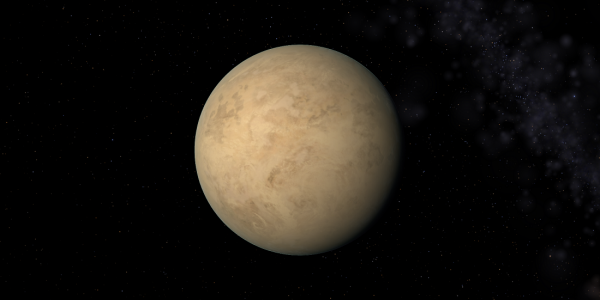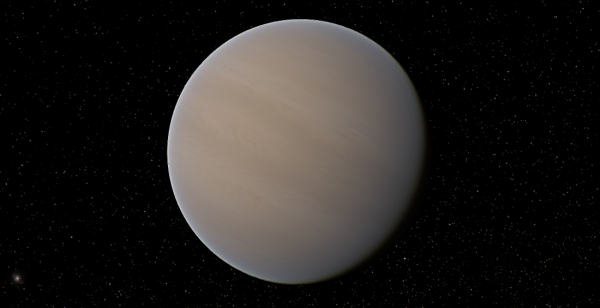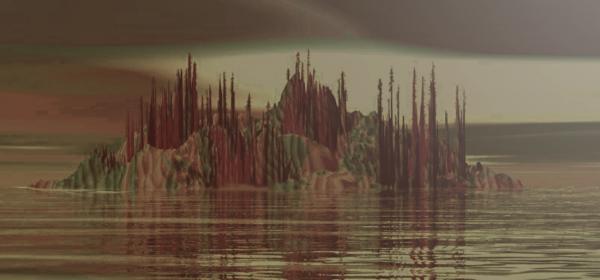BY LETTER
Tannhauser
Galactography > Regions of Space > Middle Regions/Hinter-regions
Galactography > Systems and Worlds > Systems & Worlds S - T
Galactography > Sephirotic Empires > Utopia Sphere
Galactography > Systems and Worlds > Systems & Worlds S - T
Galactography > Sephirotic Empires > Utopia Sphere
PetroGaian world, home to the Walking Mountain. | |
 Image from The Astronomer | |
| Tannhauser as seen from orbit. | |
| System | Names: Minnesang Primary: Minnesang (JD 400435-530) Location: - Distance from Sol: 685 ly - Constellation: Ara Reached: 3218 AT |
|---|---|
| Star | Names: Minnesang, JD 400435-530 Physical characteristics: - Mass: 0.687 x Sol - Radius: 0.683 x Sol - Luminosity: 0.164 x Sol (bolometric) - Temperature: 4,444 Kelvin - Spectral type: K5V - Rotation period: 35.47 days - Age: 3.9 billion years System details: 1) Sangerkrieg: Tholi-Neptunian Semi-major axis = 0.430 AU, Orbital period = 124.3 days, Eccentricity = 0.090, Mass = 14.89 x Earth, Radius = 3.839 x Earth 2) Tannhauser: TholiTerrestrial LacuTepidal PetroGaian (see below) Semi-major axis = 1.104 AU, Orbital period = 1.400 years, Eccentricity = 0.025, Mass = 0.328 x Earth, Radius = 0.721 x Earth |
| Planet | Names: Tannhauser (Tanhauser) Orbital characteristics: - Semi-major axis: 165,000,000 km (1.104 AU) - Orbital period: 511.2 days (1.400 years) - Eccentricity: 0.025 - Inclination: 2.391° Physical characteristics: - Type: Tholi-Terrestrial Carbi-Telluric LapiRhean LacuTepidal PetroGaian Upperterrene - Mass: 1.959E+24 kg (0.328 x Earth) - Radius: 4,590.5 km (0.721 x Earth) - Oblateness: 0.005 - Density: 4,834 kg/m^3 - Mean surface acceleration: 6.204 m/s^2 (0.632 g) - Rotation period: 69,106 s (19.20 hr) - Solar day: 69,214 s (19.23 hr) - Obliquity: 9.939° - Albedo: 0.244 - Mean insolation: 183.1 W/m^2 (0.135 x Earth) - Mean surface temperature: 278 K Atmosphere: - Surface pressure: 383.2 kPa (3.832 bar) - Composition: 89.9% nitrogen, 4.3% carbon dioxide, 2.6% carbon monoxide, 0.8% butane (vapor), 0.7% argon, 0.7% pentane (vapor), 0.6% propane, 0.1% ethane, 0.1% methane, 0.1% hydrogen, trace amounts of other gases. |
|---|
 Image from The Astronomer and Steve Bowers | |
| Sangerkreig, a tholin-rich ice giant world | |
Tannhauser is a carbon-rich world with complex organisms - the closest of its kind to Sol. From space, the planet is enshrouded by thick tholin haze, overlying the beige-colored hydrocarbon clouds. Covering just 20.6% of the surface, the petroleum seas are barely visible underneath, though they can occasionally be seen glinting from reflected light.
Tannhauser flora is usually colored yellowish-orangish, although red and green can also be found in lesser amounts as well. Due to the haze, most are near-infrared photosynthesizers, although visible light photosynthesizers can be found among the skyplankton populations inhabiting the upper atmosphere. These autotrophs convert atmospheric methane into ethylene and hydrogen, which is then consumed by fauna life to fuel their activities. It is best known as the homeworld of the Walking Mountains, iconic-looking gigantic communities of various mobile autotrophs and their symbiotic companions.
The system is currently part of the Utopia Sphere, while Tannhauser itself is jointly governed by the Utopia Sphere and the Caretaker Gods. Limited settlement of the surface is permitted, providing that the settlers adopt suitable morphs, usually xenoprovolves, with or without splice/tweak/superbright modifications.
 Image from Steve Bowers | |
| Walking mountains are large communal organisms which wade in the shallow petroleum seas of this world | |
Related Articles
Appears in Topics
Development Notes
Text by The Astronomer and Dangerous Safety
from an original article by Bill Glover
Initially published on 27 December 2002.
Revised 2020.
from an original article by Bill Glover
Initially published on 27 December 2002.
Revised 2020.






